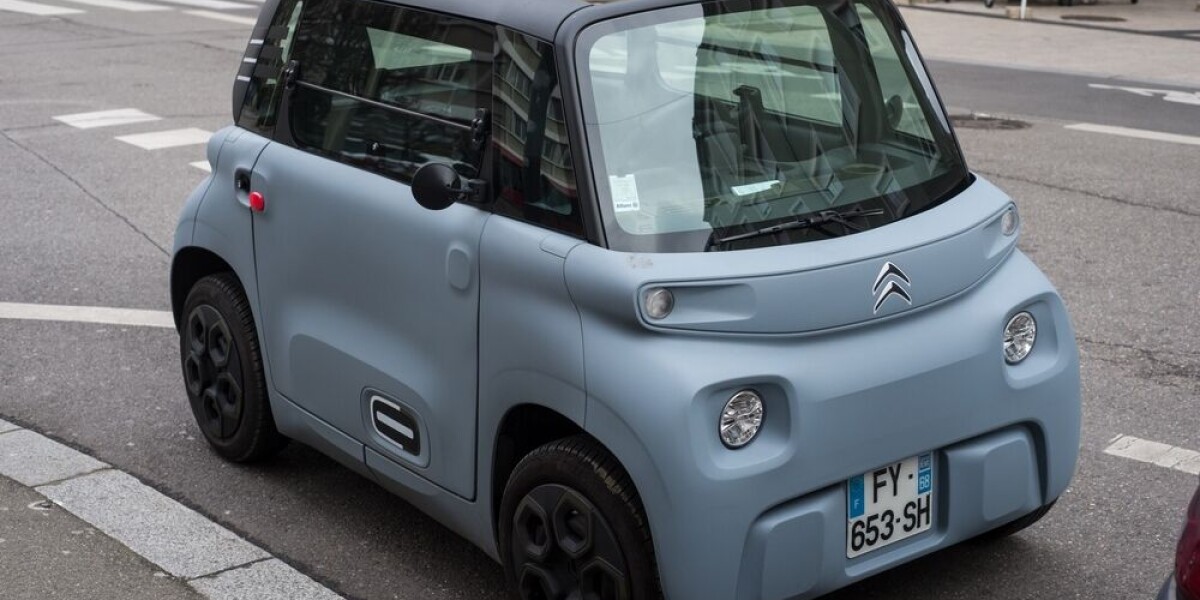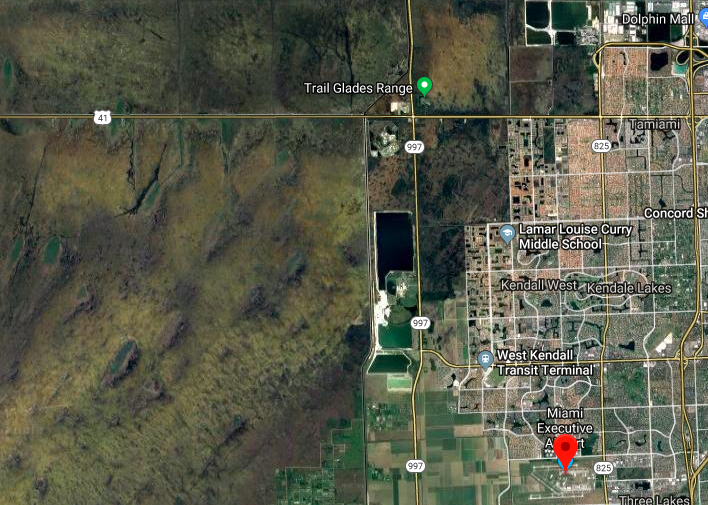
- Select a language for the TTS:
- UK English Female
- UK English Male
- US English Female
- US English Male
- Australian Female
- Australian Male
- Language selected: (auto detect) - EN
Play all audios:
THE LAW IS CHANGING FROM 2024, FOR BOTH NON-LICENCE VEHICLES AND MOTORBIKES READER QUESTION: DO LICENCE-FREE CARS IN FRANCE REQUIRE A C_ONTRÔLE TECHNIQUE_ LIKE NORMAL CARS, OR ARE THEY
TREATED AS MOTORBIKES? Until now, neither non-licence cars (_voitures sans permis_) - such as the Citroën AMI - nor motorbikes have required a _contrôle technique_ (CT, or roadworthiness
test). France will soon have to comply with EU rules, however, after much legal wrangling and many government U-turns. The changes will come into force progressively from April next year
(2024), and all models of motorbike and non-licence cars that were first registered before January 1, 2017 will have to pass their CT test before 31 December 2024. The process will continue
gradually from there, including: * Vehicles registered between January 1, 2017 and December 31, 2019 - will require a CT by December 31, 2025 * Vehicles registered between January 1, 2020
and December 31, 2021 - will require a CT by December 31, 2026 From 2027 onwards, the rule will be the following: a CT will be required five years after first registration (within six months
of its fifth anniversary) and every three years after that. This is in contrast to other cars and vehicles, which must have their first CT test four years after the initial registration,
and then every two years. Non-licence cars are legally defined - as per their _carte grise_ (vehicle registration document) - as either light or heavy quadricycles. Vehicles both combustion
and electric engines will need to undergo the CT test. Three-wheeler vehicles will also need a CT. _CONTRÔLE TECHNIQUE_ POINTS There will be 78 points on the test for motorbikes, and 133 for
a light vehicle. In the case of a vehicle not passing, the owner will have two months to fix the problems before it must be retested. The check will include: brakes, steering systems,
lights, reflective devices, electrical equipment, axles, wheels, tyres, suspension, and pollutant emissions. From 2025, mopeds and light non-licence quadricycles will be checked to ensure
they are restricted to 45 km/h, and heavy quadricycles to 90 km/h, along with pollution and noise checks. Not all CT test centres will offer the new tests immediately, as CT mechanics will
need to pass a 33-hour training course to qualify. New mechanics will have to undertake a 140-hour course. HOW MANY LICENCE-FREE CARS ARE THERE IN FRANCE? France is still the most popular
market for the non-licence car; of nearly 42,000 sales in 2021, half were in France. These vehicles are limited to 45 km/h, and do not require a licence for anyone born before 1988. They are
popular with people in rural areas, those who cannot get a licence for health reasons, younger people, and those who have had their licence suspended. READ MORE: THE LICENCE-FREE CARS YOU
CAN DRIVE FROM AGE 14 IN FRANCE There are now a total of 304,768 licence-free cars in France, according to the registration figures provided by AAA Data at the end of October. RELATED
ARTICLES EXPLAINER: WHAT ARE THE RULES ON LICENCE-FREE CARS IN FRANCE? LAUNCH DATE SET FOR OBLIGATORY CT TESTS FOR MOTORBIKES IN FRANCE MECHANICS NOT READY TO TEST MOTORBIKES FOR FRENCH
CONTRÔLE TECHNIQUE




